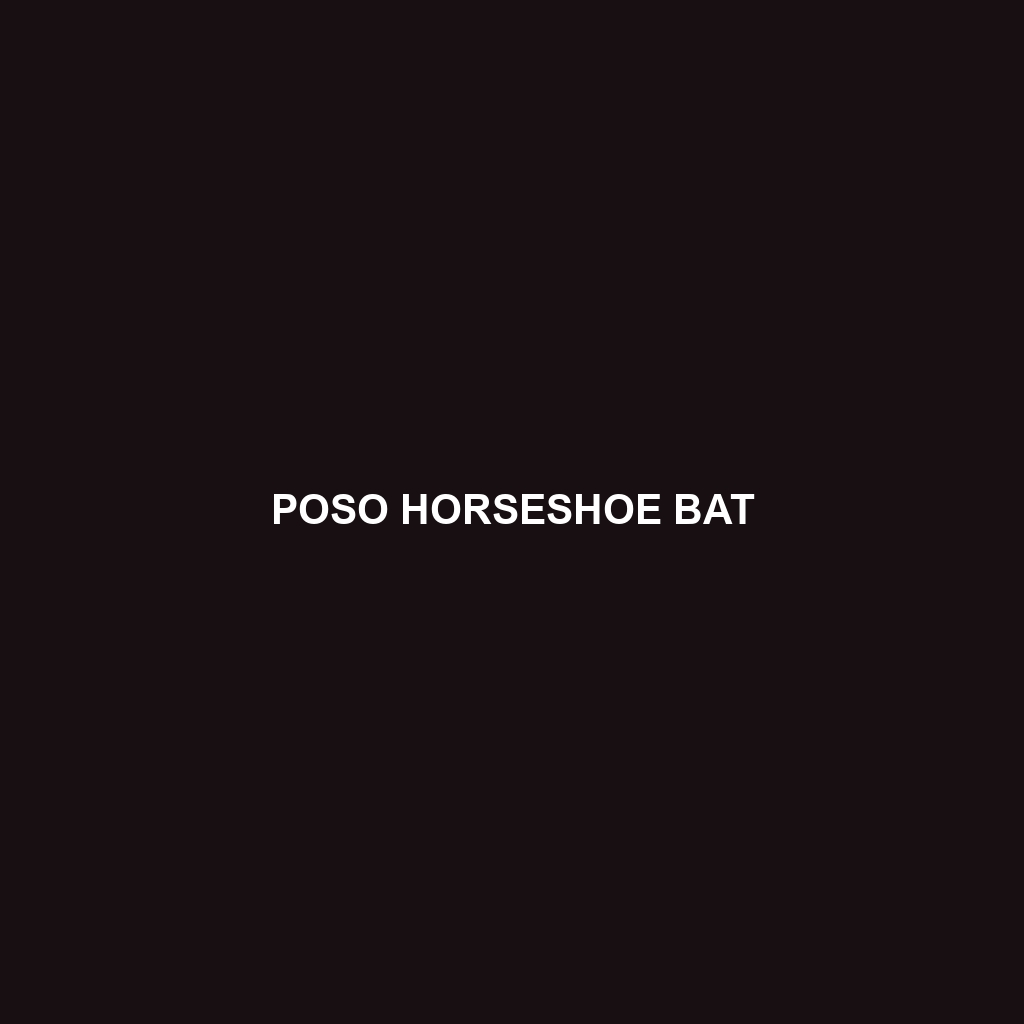Beddome’s Woolly Horseshoe Bat
Common Name: Beddome’s Woolly Horseshoe Bat
Scientific Name: Rhinolophus beddomei
Habitat
Beddome’s Woolly Horseshoe Bat is primarily found in the humid forested regions of the Western Ghats in India. This species thrives in montane forests, where it prefers habitats with dense vegetation and abundant roosting sites. These bats are often spotted in caves and tree hollows, making the lush biodiversity of this area crucial for their survival.
Physical Characteristics
This medium-sized bat exhibits a wingspan of approximately 30 cm and weighs between 10 to 15 grams. Beddome’s Woolly Horseshoe Bat is characterized by its dense fur, which ranges from a brownish-grey to a more reddish hue. Its most distinctive feature is the horseshoe-shaped nasal leaf, which aids in echolocation. The bat’s rounded ears and short snout further contribute to its unique appearance.
Behavior
Beddome’s Woolly Horseshoe Bat is predominantly nocturnal, exhibiting foraging behaviors at dusk. These bats are known for their agile flight and social roosting habits, often forming small colonies. They utilize echolocation to navigate and hunt, which makes them highly effective predators in their forest habitat.
Diet
The diet of Beddome’s Woolly Horseshoe Bat primarily consists of insects, particularly moths and beetles. They are known to forage within the dense foliage, using their keen echolocation abilities to detect prey. Their feeding habits play a significant role in controlling insect populations within their ecosystem.
Reproduction
The mating season for Beddome’s Woolly Horseshoe Bat typically occurs in late summer, with females giving birth to one or two pups around spring. Maternal care is provided after birth, with mothers roosting together to enhance protection and warmth for the young. This nurturing behavior is crucial for the survival of the pups during their early life stages.
Conservation Status
Currently, Beddome’s Woolly Horseshoe Bat is classified as vulnerable due to habitat loss and fragmentation within its range. Conservation efforts are essential to protect the remaining populations and their natural habitats from deforestation and human encroachment.
Interesting Facts
One fascinating aspect of Beddome’s Woolly Horseshoe Bat is its unique echolocation patterns, which differ from other bat species in the region. Additionally, this bat is named after the famous British naturalist Colonel Beddome, who significantly contributed to the study of Indian zoology.
Role in Ecosystem
Beddome’s Woolly Horseshoe Bat plays a vital role in its ecosystem as a pollinator and insect predator. By controlling insect populations and assisting in plant pollination, this bat contributes to the overall health of its forest environment. Its presence indicates a balanced and functioning ecosystem.
